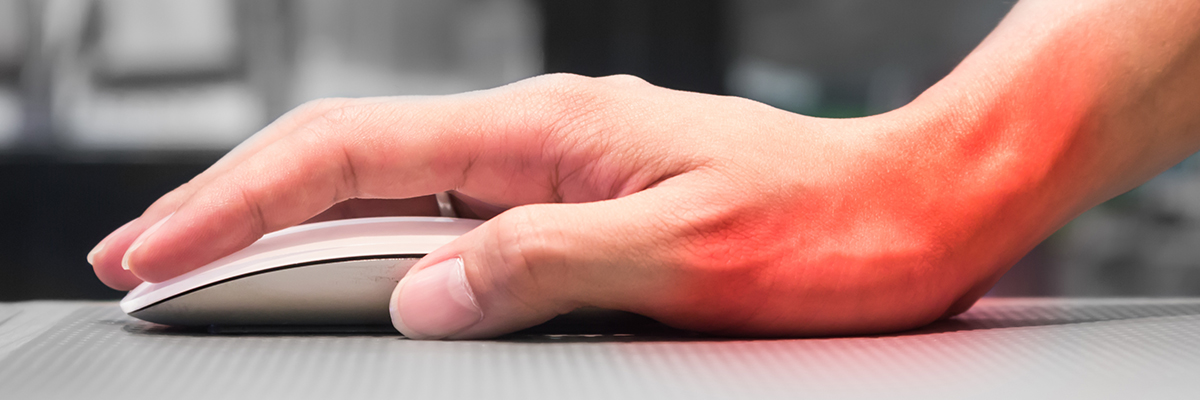
While nonsurgical treatments for carpal tunnel syndrome can sometimes slow the progression of symptoms, they rarely cure the condition. Traditional surgery, also known as open carpal tunnel release surgery, can cure carpal tunnel syndrome but requires an incision in the palm, which is a very sensitive part of the body.
To minimize scarring and post-operative discomfort, Dr. Jeffrey Jacobson offers endoscopic carpal tunnel release surgery at his Westchester, New York, practice. This minimally invasive procedure requires a very small incision in the wrist and significantly reduces recovery time so patients can return to their activities free of symptoms more quickly. Contact us today to learn more about this advanced surgical procedure and whether it is right for you.
What is Endoscopic Carpal Tunnel Release Surgery?
Carpal tunnel syndrome is caused by compression of the median nerve as it passes through a small space in the wrist and palm known as the carpal tunnel, formed by small bones of the wrist called carpal bones and the transverse carpal ligament acting as the “roof” of the tunnel.
In all types of carpal tunnel surgery, your surgeon relieves pressure on the pinched nerve by enlarging the carpal tunnel by dividing the transverse carpal ligament. Once the nerve is no longer compressed, inflammation can go down and the nerve can begin to heal, relieving or even eliminating the tingling, numbness and pain that is often associated with the condition.
Unlike traditional surgery, which requires an incision in the palm, endoscopic carpal tunnel release surgery uses a very small camera known as an endoscope. This allows your surgeon to perform the same procedure through a very small incision in the wrist. As a result, patients can enjoy a significantly reduced recovery time and return to their normal routine much faster than after a traditional open carpal tunnel release procedure.
Wide Awake Endoscopic Surgery
Dr. Jacobson personally developed a technique for performing endoscopic carpal tunnel release surgery with only local anesthesia. He was the first surgeon in the Westchester area to routinely perform this and has trained surgeons all over the region, including teaching hand surgeons at Hospital for Special Surgery and NYU Langone. While patients have the option of receiving sedation, most patients choose to remain awake during surgery. Because patients do not require sedation, the procedure time is short and patients experience no nausea or negative effects of anesthesia.
Candidates for the Procedure
Not all patients are candidates for a minimally invasive endoscopic carpal tunnel release, particularly in severe or atypical cases. Dr. Jacobson also offers the full breadth of surgical and nonsurgical options, including traditional open carpal tunnel release surgery and various advanced techniques for revision surgery. Dr. Jacobson has extensive experience treating particularly complex cases. Contact us for more information.
Recovery
Although recovery is much shorter after an endoscopic procedure than traditional open carpal tunnel surgery, the precise length of time depends on the patient. Carpal tunnel symptoms and nerve pain often disappear immediately after surgery, but for some individuals it can take months or longer for symptoms to fade.
Although the time it takes for patients to return to their normal activities is personal to each patient, many are surprised to find that they can fully resume their normal activities after only a few days. Dr. Jacobson trusts that his patients are able to guide the use of their hand after this procedure. Some patients may decide to return to work the day after surgery, while others will restrict activities for one to two weeks until soreness subsides.
Contact Us Today
With meticulous attention to detail and extensive experience, Dr. Jacobson is always willing to go the extra mile for his patients to return their hands to full function. Reach out today to learn more about minimally invasive surgical treatment for your carpal tunnel syndrome.
